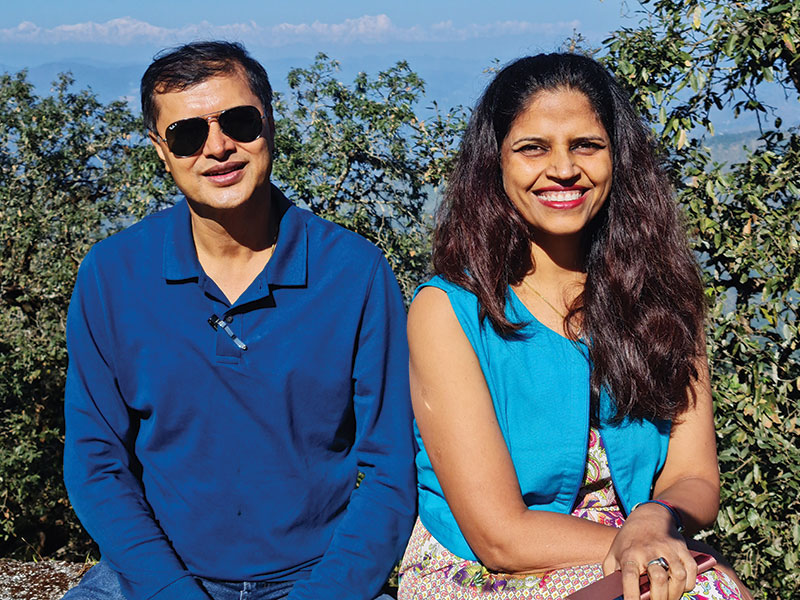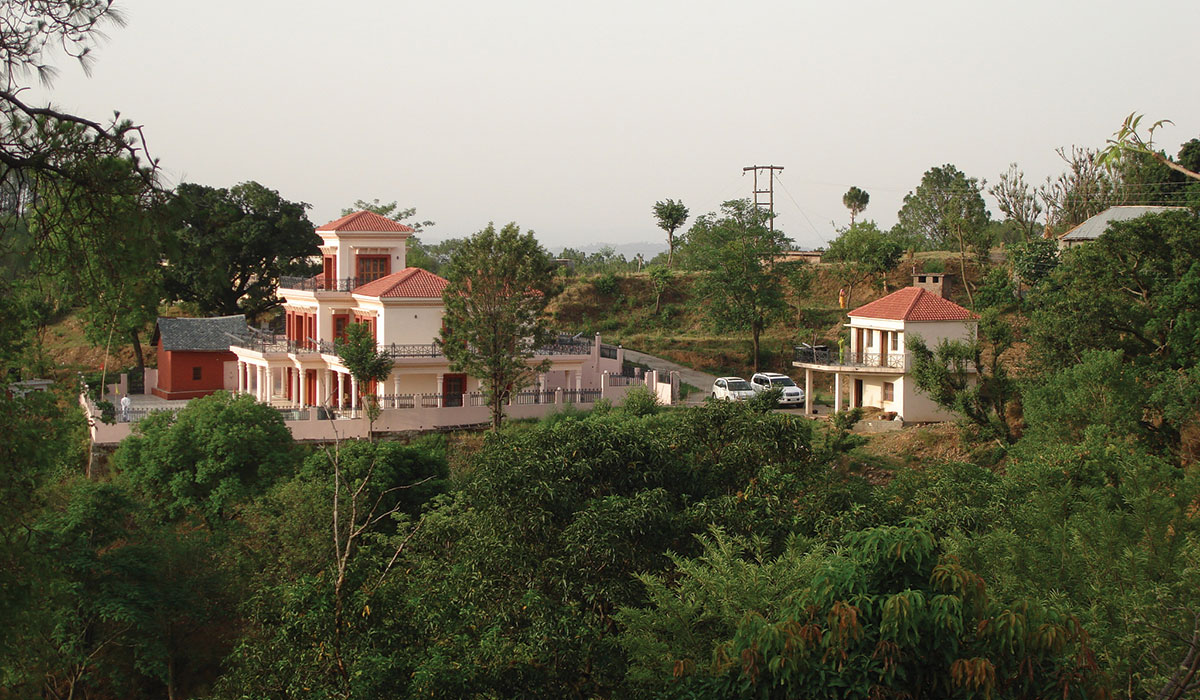
Planning parameters and appropriate environments for habitat have gained a lot of importance. As people were confined to their homes, they began to actively appreciate the necessity of having appropriateness across all parameters of habitation, and a yearning for a ‘comfortable’ environment. Architects, planners, and designers have the responsibility to think of ways to express inventiveness in finding appropriate solutions for habitable environments.
The environment at working places has also gone through a major shift. For example, the density of individuals per sq. ft. is prominently focused upon. However, the biggest shift in trends took place through the acceptability of a virtual presence – an unforeseen realm which overturned the pre-conceived notions of configuration and dynamics of office spaces.
It took a global pandemic for us to realize the significance of our own resources.
Since the Vedic period, we have always aimed to achieve a sustainable society. Learning from Vastu principles has been pivotal in achieving a sustainable model. For example, the roots of planning for a tropical country like India demands appropriate orientation of the building, the contextual relevance of courtyards, and how wind and rain directions should act as the guiding factors during the planning stage, amongst other things. A dedicated exercise in accomplishing the right shading, right amount of light, right heat gain, right dissipation of heat, right placement and sizing of openings can help in minimizing the need for artificial interventions in the creation of a conducive environment.
As clichéd as it may sound, over the years, the prevalent Eurocentrism had made us forget these learnings which had earlier informed our architecture. A modest arrival at the basics prescribed in our vernacular architecture may be instrumental in the creation of an ideal built environment, without unnecessary expenses and unsustainable means.

Buildings which have increased their energy load due to unwise designs, are burdened with the baggage of pumping money to make them habitable.
These buildings are the iconic-ized fixed glass boxes with no openings seen across our metropolis. In contrast to what they demand, sustainability and optimization of resources have become crucial in these trying times. The pandemic has reinstated our belief in simplicity, nature, and living as per our requirements. Architects have the immense responsibility to create environments that are suitable to a diverse country like India, and offer solutions that are rooted in the sensitivities and context of our people and their situations.
The ‘reverse-migration’ of workers to their villages also presents an opportunity to tap into the potential that lies in rural environments while simultaneously decreasing the pressure on the urban infrastructure. Rural regions are more viable and less expensive in terms of cost of realty and cost of living. However, villages remain secondary due to the ineffective infrastructure, including physical and internet connectivity.















